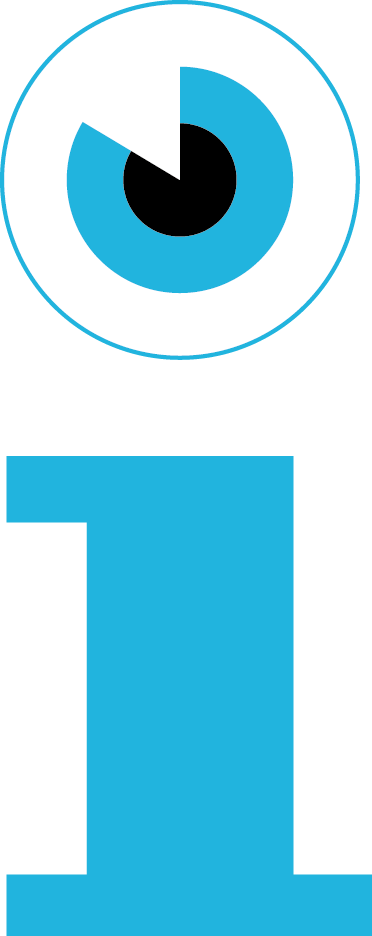Vision tests
How does your child react?
How is an eye disorder diagnosed in a baby or child?
Myopia, astigmatism, hyperopia, strabismus, etc. These eye conditions can develop from childhood. They sometimes cause headaches or migraines, blurred vision, poor visual acuity, a narrowed field of vision, or eye fatigue. It is therefore important to diagnose them quickly.
The earlier a visual disorder is detected, the better the chances for your child to develop his vision normally. If you suspect an abnormality, you can find advice below on how to carry out the first tests yourself, depending on your child’s age. And for a more thorough eye examination, talk to an eye specialist.
They will be able to choose the right treatment for your child, such as glasses, or refer you to a specialist such as an orthoptist if necessary.
Eyesight test in babies
Since babies are not able to clearly signal what they see, objective methods must be used to assess their visual potential. It is important to assess their reaction to monocular occlusion (when one eye is covered), which can highlight an asymmetry of vision (amblyopia) if the infant begins to cry while their “good eye” is hidden.
If in doubt, some devices measure refraction and help to judge the need for optical correction. Another method, using monocular vision, involves directing the child’s gaze towards patterns of progressively increasing resolution to quantify vision indirectly (preferential gaze test).
If there is a family history of eye diseases, please contact your paediatrician. They will judge the need to carry out a complete eye screening examination with an ophthalmologist to offer your child the best visual outcome.

Cover one eye 
Then the other… 
Does the baby react the same way on both sides?
Does the baby always cry when you cover the same eye?
Eyesight test in older children
In older children, several small simple tests can be carried out. The most important thing is to compare the vision of the two eyes. Do this by covering one eye and then the other: are images of small shapes as sharp with each eye at a distance? Are they also as sharp up close? For this last test, you can use the images below, checking that the child can see such small shapes with each eye.
This test does not allow vision to be quantified (this will be done by the paediatrician or ophthalmologist), but simply checks that both eyes see equally well and that there is no significant visual asymmetry (amblyopia). If visual asymmetry is suspected, talk to your paediatrician. An ophthalmological screening examination is often indicated.

Cover one eye 
The the other… 
Can the child see the images from both sides?
Consult your paediatrician or an eye specialist if you suspect a difference in vision between the two eyes.
